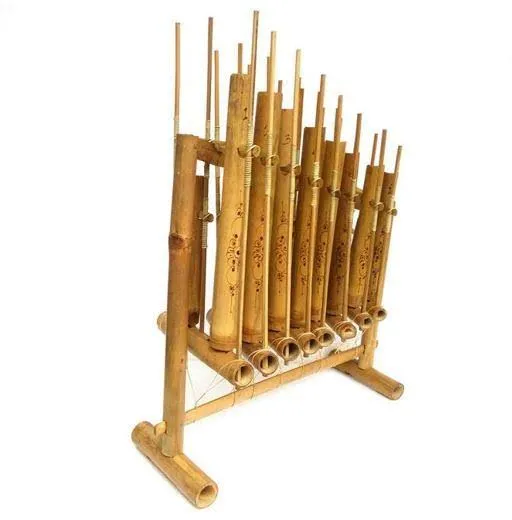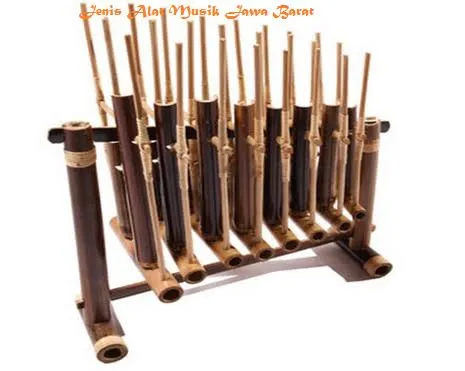Sundanese Language
I try to describe the subject of vocabulary in Sundanese that must be known by readers both young and old for its use in the process of communication (speaking). The vocabulary that is often used daily by the Sundanese people.

I. Various kinds of languages in Sundanese:
A. Basa Budak (Children language)
This language is the language of children, meaning that the language of the child is a language with a special vocabulary for communication normally used by children or by parents if communicating (talking) with children. The number of these childhood vocabularies is a very limited number of aliases. The children's vocabulary is more subtle than harsh words. The vocabulary of children's language. For examples, including
bobo → sleep
papang → pee, taking a leak
ibak → bathing
papah → walking
uih → going home
emam → eating
**mamam ** → eating
nyonyo → suckling
acing → pants
Example of a sentence:
jang, papang eula samemeh ibak teh, mother to child conversation.
It means, son, pee first well before bathing.

B. Basa Cohag /Loma (Cohag Language)
Loma language is a common language in everyday social (familiar). The vocabulary of the language is considered a rough vocabulary, but by communicators it is not considered to be harsh or demeaning.
II. Sundanese vocabulary
Below is a table on the variety of bases (various languages). The use of vocabulary in the communication process (speaking).

Here is an example of the vocabulary:
| Basa Lemes (For Us) | Basa Lemes (For others) | Basa Loma |
|---|---|---|
| Lebet | Lebet | Abus |
| Teu acan | Teu acan | Acan |
| Adi | Rai | Adi |
| Ngaji | Ngaos | Aji |
| Akang | Engkang | Akang |
| Pun aki | Pun Eyang | Aki |
| Ali | Cingcin / lelepen | Ali |
| Pun alo | Kapiputra | Alo |
| Sae | Sae | Alus |
| Dikuramas | Dikuramas | Angir / diangir |
Haturnuhun (Thanks)
Sources image:
https://musikangklung.com
https: //alatmusik.org
https://mytentsale.com
The datum source is from @imamulfauji